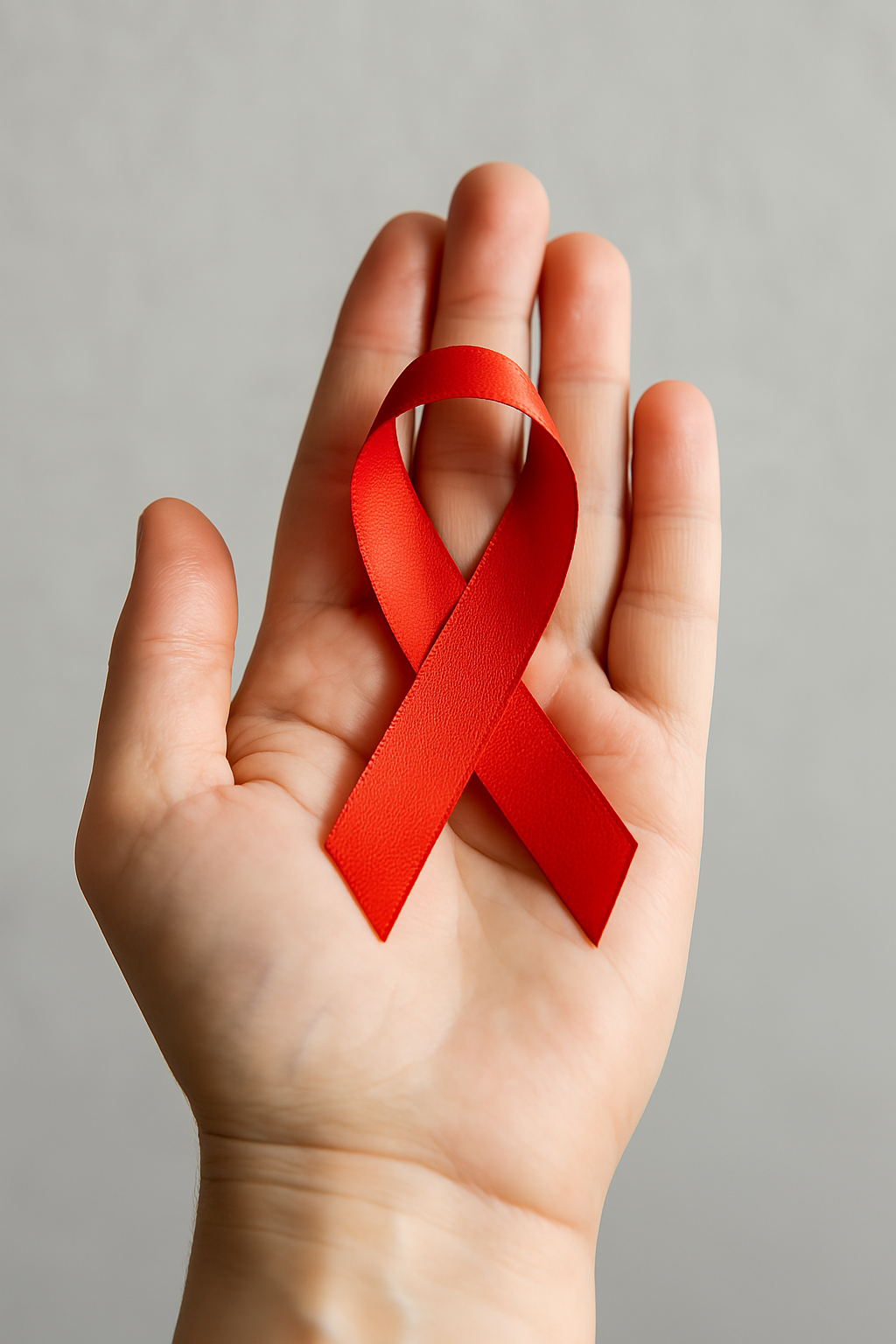
For decades, millions have asked a powerful and persistent question: Is there an HIV cure? The answer is complex. While enormous progress has been made in managing HIV, achieving a complete cure remains one of the greatest challenges in medical science. That said, researchers are getting closer than ever before, with promising developments on the horizon.
This article takes a deep dive into the current state of HIV cure research, including the types of cures scientists are exploring, key breakthroughs, and the challenges that still stand in the way.
Table of Contents
- What Does an HIV Cure Mean?
- Current Treatments vs. Cure Approaches
- Breakthroughs and Case Studies
- Barriers and Ongoing Research
What Does an HIV Cure Mean?
Before we can understand how close we are to a cure, it’s important to define what one looks like. There are two types of HIV cures researchers aim to achieve: a sterilizing cure and a functional cure.
A sterilizing cure would completely eliminate all HIV from the body, including hidden reservoirs of the virus. This is the ultimate goal. In contrast, a functional cure would allow a person to control the virus without needing ongoing antiretroviral therapy (ART), even if traces of HIV remain.
Current HIV treatments, like Biktarvy, Descovy, and Truvada, are highly effective at suppressing the virus. However, they are not cures. These medications require lifelong adherence to keep the virus under control and to prevent progression to AIDS.
Understanding the difference between treatment and cure helps frame why research efforts are so focused on long-term, one-time solutions.
Current Treatments vs. Cure Approaches
Modern antiretroviral therapy (ART) has turned HIV into a manageable chronic condition. People living with HIV who maintain treatment can now enjoy near-normal life expectancy. Still, the need for daily pills or regular injections can be a heavy burden.
That’s why HIV cure research is exploring groundbreaking approaches beyond suppression. These include:
1. Gene editing – Technologies like CRISPR-Cas9 are being used to alter genes in human cells to block HIV infection. For instance, disabling the CCR5 receptor can prevent the virus from entering immune cells.
2. Immune modulation – Scientists are developing therapeutic vaccines and immune-boosting treatments that train the body to control or eliminate HIV.
3. Latency reversal – One of the biggest hurdles in curing HIV is its ability to hide in reservoirs. Researchers are using latency-reversing agents (LRAs) to “wake up” dormant virus cells so they can be targeted and destroyed
Each of these strategies has shown potential in preclinical or early clinical trials. However, none are ready for widespread clinical use yet.
Breakthroughs and Case Studies
Over the last decade, a few high-profile cases have raised hopes about the possibility of a cure.
The Berlin Patient (2008) was the first person believed to be cured of HIV. He received a stem cell transplant to treat leukemia from a donor with a rare genetic mutation (CCR5-delta 32) that makes cells resistant to HIV. More than 10 years later, he remained virus-free without ART.
Following that, The London Patient (2019) and The Düsseldorf Patient (2023) experienced similar outcomes. These individuals also received stem cell transplants and showed no signs of HIV years after treatment.
While inspiring, these cases involved life-threatening cancers and high-risk procedures not feasible for the general population. Still, they offer proof that an HIV cure is biologically possible.
Other studies, like the use of broadly neutralizing antibodies (bNAbs), show promise in controlling the virus without ART. In some trials, these antibodies helped keep HIV undetectable for months after treatment.
Additionally, the EBT-101 gene therapy trial using CRISPR entered human testing in 2022. While it’s too early for results, it represents a huge step forward in the search for a scalable cure.
Barriers and Ongoing Research
Despite these advancements, several obstacles make curing HIV difficult. The biggest challenge is the virus’s ability to remain dormant in reservoirs—immune cells where it’s invisible to the immune system and drugs.
Another issue is safety. Techniques like gene editing or stem cell transplants come with serious risks. Scientists must find ways to make these approaches safe, affordable, and accessible.
There are also concerns about equitable access. Most breakthroughs happen in high-income countries. If a cure is discovered, ensuring it reaches people in lower-income regions will be essential.
Research is ongoing around the world. Institutions like the NIH, the International AIDS Society, and pharmaceutical companies are investing heavily in trials. Global collaborations are helping accelerate progress.
Organizations such as Healthcare.pro and Health.HealingWell.com provide updated information on clinical trials, patient support, and treatment innovations.
Patients who are interested in participating in studies can also consult their healthcare providers or visit clinical trial registries for eligibility.
Conclusion
So, is there an HIV cure? Not yet. However, research is advancing at an unprecedented pace. While current therapies offer excellent viral suppression, scientists are inching closer to developing one-time treatments that may eliminate or control HIV for life.
Hope lies not just in laboratories, but also in communities, funding, and public awareness. Continued investment and education will ensure that when a cure is finally found, it’s accessible to all who need it.
FAQs
Is there a cure for HIV in 2025?
As of now, there is no widely available cure. However, a few individuals have been functionally cured through rare procedures.
What’s the difference between a functional and sterilizing cure?
A functional cure controls HIV without medication, while a sterilizing cure eliminates it completely from the body.
Can gene editing cure HIV?
Gene editing shows promise, especially in disabling the CCR5 receptor. Human trials are underway but still experimental.
Are stem cell transplants a viable cure?
They have worked in a few cases but are risky and not scalable for most patients.
Where can I learn about ongoing HIV cure trials?
Visit Healthcare.pro or Health.HealingWell.com for reliable updates and resources.
This content is not medical advice. For any health issues, always consult a healthcare professional. In an emergency, call 911 or your local emergency services.

